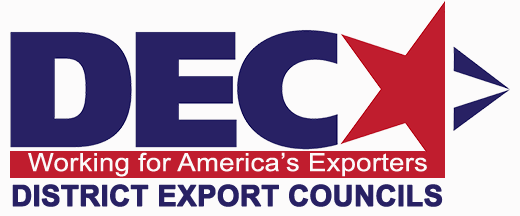Duty Drawback is a refund of customs duties collected on an imported product which is subsequently re-exported.

(click here to learn the details about duty drawback).
Drawback Fundimentals
In 1980, the US, congress amended the duty drawback law to allow the rebate of 99% of all taxes, duties, and fees paid when goods are re-exported within 3 years of entering the U.S. Similar rebate arrangements are offered by many other countries.
Duty Drawback, or “Drawback”, is a fundamental principle of international trade law and policy under which duties, taxes and fees paid on imported merchandise are refunded upon the exportation of qualified articles. Duty drawback has been part of the international trade policy of the United States since the founding of the country, and the concept of drawback exists in the trade policies of nearly all developed nations. See for example, the concept of “Inward Processing” in the European Union. Duty drawback essentially is an export promotion program intended to eliminate and recover the costs of duties, taxes and fees on merchandise sold on international markets. It is one of the few export incentive programs acceptable under World Trade Organization rules. In the United States, drawback is codified at 19 U.S.C § 1313 and is administered by U.S. Customs and Border Protection (“Customs”).
Petroleum, Petrochemicals, Chemicals and Plastics – The provision of the drawback statute that is most significant to Charter and its clients is subsection (p), the so-called petroleum and chemicals derivatives drawback section (see 19 U.S.C. 1313(p)). Subsection (p) permits the recovery of customs duties (and, in certain cases, taxes and fees) paid on importation of goods classified in specified eight-digit (8 digit) descriptions of the Harmonized Tariff Schedule when matched against exports of the same classifications, provided that the exports occur within 180 days after import. This section applies to petroleum, petrochemical, chemical and plastics products and, because it permits direct and indirect substitutions, Charter Brokerage is able to identify potential recoveries often overlooked by other tax recovery service providers.
Unused (Non-Manufacturing) Drawback – This provision of the drawback statute (19 U.S.C. § 1313(j)) allows for a refund of duties, taxes and fees on imported merchandise exported in essentially the same condition. Imports can be matched to exports by direct identification or by substitution (i.e. the export is “commercially interchangeable” with the import). This type of drawback can apply to all types of imports, and the export must occur within three years after the import.
Manufacturing Drawback – These provisions of the drawback statue (19 U.S.C. § 1313(a) and (b)) allow for a refund of duties (no taxes and fees) paid on imported merchandise based upon the production and export of articles from imported, duty-paid merchandise or similar (“same kind and quality”) domestic merchandise, which is substituted for the imported merchandise. This type of drawback can apply to a variety of manufacturing operations and various time limits apply.
